DISCLAIMER: This post was originally published on my Patreon, and it is just tangentially related to game design, although I reckon it is still relevant to this audience, and that is why I decided to share it here as well.
Recently I shared on BlueSky my latest attempts at making my own art and gave a little peek into the process. I’ve been thinking a lot about that, and I thought I’d share a more detailed report of my story with art.
I hope you’ll excuse this self-indulgent, navel-gazing exploration, but it’s my hope that you’ll find something in it—perhaps inspiration to take a leap into a creative outlet, or at the very least, a cautionary tale. So let’s begin.
I should've been a lefty
I was never good at drawing. As far back as I can remember, I’ve lacked any sort of fine motor skill in my hands. Much later in life, I discovered I have cross-laterality—easily observed by the fact that I write with my right hand and kick with my left foot.
My father was left-handed and was forced in school to write with his right hand. I didn’t suffer the same kind of abuse, thankfully, but part of me thinks I started writing too young. I should’ve been a lefty. My handwriting has always been really, really poor. I remember my poor mom giving me endless calligraphy notebooks I had to fill out just to make my chicken scratch legible. No success.
But in spite of that, I always loved the act of drawing. I have fond memories, as a kid, of drawing fantasy maps and weird characters in primary school. I had all these ideas for comic strips. I just never had the ability to materialize the thoughts into form.
Over the years, I made several attempts at learning how to draw. I remember coming across a copy of Drawing on the Right Side of the Brain and engaging with the lessons with equal parts curiosity and frustration. I’d also catch some drawing TV shows on public TV back in Brazil in the early ’90s. But it never really clicked.

Formal, traditional programs just left me face-to-face with my limitations. It didn’t help that I was always surrounded by friends who were good artists from childhood. My interests and personality tended to align with more artistic folk, but there was always that comparison, that latent feeling of a skill I lacked.
You? An architect?
That didn’t change in college. As some of you know, I went to architecture school, and I was constantly surrounded by amazing illustrators. Seriously—I’d be sitting in art history class and glance over at my friend’s notes, and they were casually sketching portraits in the margins like it was nothing. I was floored. That was another level.
So, as you might expect, going through architecture school without knowing how to draw was… interesting. What I did early on was lean into my comfort zone—computers. I had learned AutoCAD as a teen, and I always found it easier to work with technology. I convinced myself that was my thing. That other people had artistic skills, and I had tech skills. I focused on modeling, rendering, and expressing myself digitally. And for a while, I was okay with that—but deep down, I still felt something was missing.
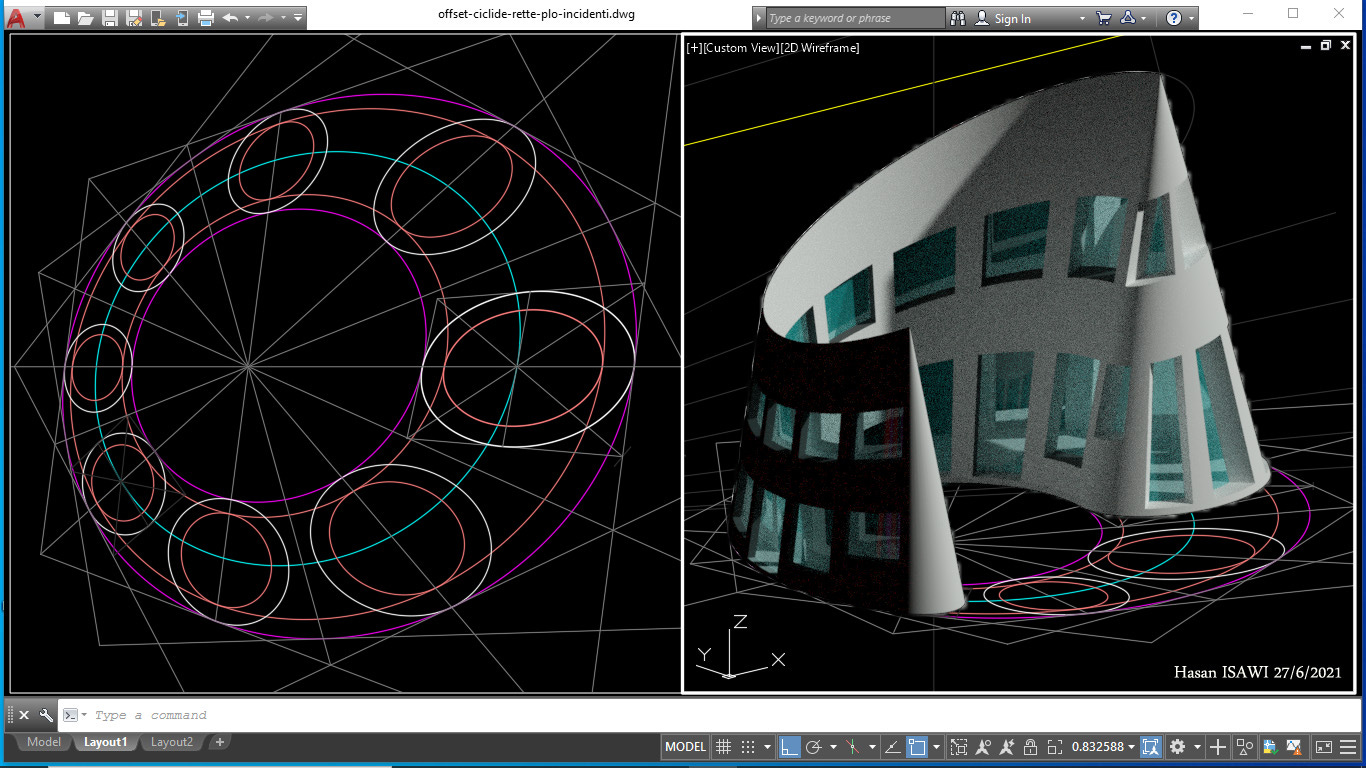
When I entered the professional world, I left most of that behind. My jobs couldn’t have been more disconnected from artistic expression, though I did dabble in graphic design here and there—another discipline I enjoyed, and another reminder of my limitations.
My ideas were constantly boxed in by the tools I knew how to use. I couldn’t express everything I wanted through just the software.
Endless pain
Then came the worst chapter.
After dealing with intense arm pain for a while, I discovered I had four protruded discs in my cervical spine. Probably genetic, but if you’re not familiar—when a disc protrudes, it pinches the nerve, causing radiating pain, tingling, numbness, and/or weakness along the nerve path. In my case, the pain travels from my neck, through my shoulder, chest, biceps, forearm, hands, and fingers.
It’s not muscular pain, so stretches or muscle relaxants only go so far. For the past nine years, I’ve had pain in my arms every single day—ranging from bearable to bad enough to land me in the hospital three times.
I even had a surgical procedure that offered some relief, but the reality is: I live with chronic pain. And anything requiring fine motor skills—like drawing or writing—is excruciating.
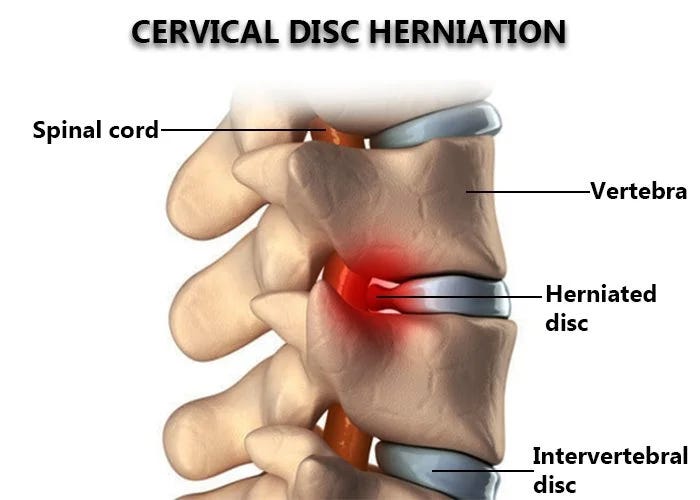
I still jot notes in a notebook because my brain works that way, but I jump to a computer as quickly as I can. Typing hurts less. The last time I fully handwrote a game was when I wrote Push. It was fun seeing the paragraphs take shape on paper, but after seven or eight pages, I was bedridden for nearly two weeks—clutching my arm and regretting my foolish decision.
So yeah, when I got the diagnosis and felt the symptoms, I buried the last remnants of my dream to learn how to draw. That was it. The end.
Making games and facing reality
But then I became a game designer, and the limitations came roaring back. Once again, I was boxed in by my skillset—relying on computer tools, public domain and stock art, and icons. I couldn’t always afford to commission artists if I wanted to live off the profits of my games. These were the tools I had.
And don’t get me wrong—constraints can be inspiring. Games like Against the Wind, Not A Demon and Lisergia wouldn’t exist without the creative spark I got from public domain art. I still love exploring those libraries and seeing what ideas emerge. But it’s a limitation, still.
I’ve had to create games that fit the art I had available, rather than art that fits the idea I had. I can’t count how many concepts I shelved because I knew I couldn’t find, purchase, or commission the right art. For example, I had the general concept for Load the Simulation for the longest time, but I really wanted to draw the characters in exosuits.
It wasn’t until I decided to go fully experimental with the layout—without art—and made peace with that, that I could move forward. And hey, that has its own charm. But let’s be honest—art is responsible for more than half the interest in a game. It’s what makes people stop scrolling and take a look. It’s a fact.
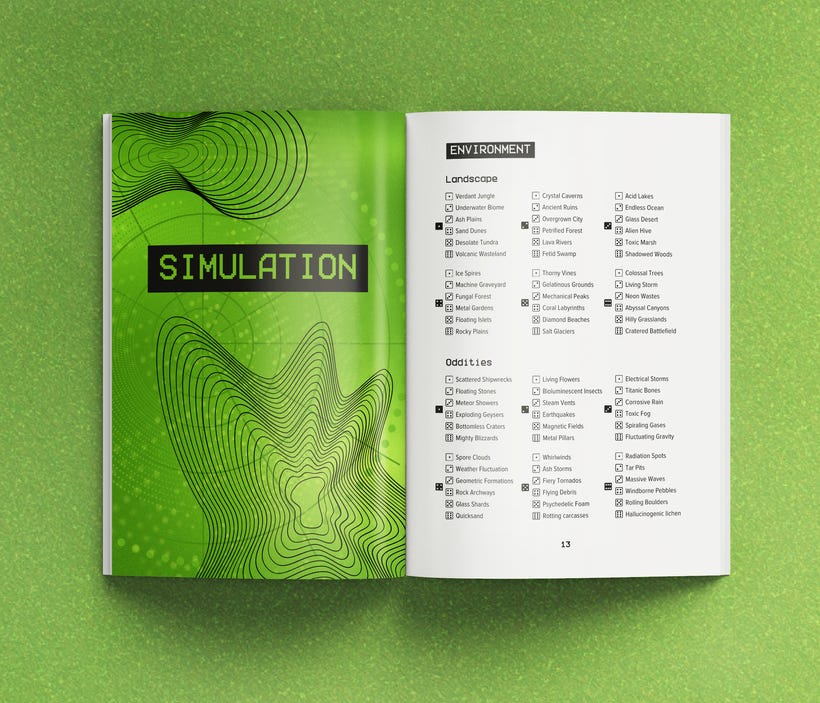
Rediscovering the passion
So this remained a point of frustration for me—until I found the art of Ray Oli, the amazing artist behind Everspark. His prices were affordable for me, and I had a little more reach. I commissioned art for a game for the first time.
Seeing my ideas and briefings come to life in such a vibrant and unique style, translating the vibe I had in mind into custom art—it was magical. I thought to myself, I want that. I want to do that.
Of course, I still want to work with more artists whenever I can. But I also don’t want to be limited by cash flow or disposable income. More than that, I want to express myself through art. I want to share what I’m feeling, what I’m imagining—visually.
So, out of impulse, I decided to give this whole art thing another go. A couple of months ago, I posted online how ill-advised it would be for a 42-year-old with four protruded discs in his neck to start learning how to draw. But after some encouraging words, I said, “Okay. Let’s do this.”
I messaged an artist friend for advice (check out his stuff, he's really good), bought a sketchbook and pencil, and off I went.
There’s been pain. A lot of discomfort. But also a lot of satisfaction. I’ve been sharing my journey—some truly awful sketches and a few surprising successes—on our Discord server. For the first time, I’m seeing progress, and I’m happy with it.
I think it helps that I now have a clearer mind, and I’ve found a way to learn that suits me. I’m not drawing vases or apples. I realized my past attempts were all before YouTube even existed. Yeah—I’m that old. Now, I have a wealth of resources. And I’ve been using them. I’ve always had a “dive in the deep end” learning style—trying stuff way above my level and working backwards.
I follow a lot of artists, watch live drawing videos, and try to replicate what I see. Shoutout to Penflower Ink, whose art has been incredibly inspiring. You’ve probably seen their work in Nexalis and Everspark. Watching their process—from sketch to final—demystified it for me, somehow. It made it feel possible. You can see the hours of practice behind every stroke, but you also start to think, Okay, if I keep at this, maybe I can do something like that one day.
And so I kept at it.
A result I am proud of
After two months of drawing obsessively, I decided to complete a piece—start to finish—and take it digital for the first time. And I ended up with a drawing I’m finally proud of. Here it is:
And here is the animated process:
It took forever. There was stretching, pain, awkward posture. The anatomy is off, the perspective is weird, the hatching is shaky. But I don’t care. I’m proud. Even if it’s smoke and mirrors, the result is motivating. It keeps me going. Keeps me wanting to do more.
Art-making has become an obsession. I’m trying to carve out more time for it daily. There’s no other feeling like it.
After this astounding success (for my standards, mind you), I wanted more. One of the artists I follow suggested an exercise: take two animals and combine them. That’s so my jam. If you’ve seen Derelict Delvers or Random Realities, you know I love creature-mashing.
So I gave it a shot—and here it is: The Frogorilla.
For the first time, these weird little ideas floating in my head are materializing through me. And yeah, the output is limited by my current ability, but it still reflects the concept. The dream of that kid who could barely write his name is—almost 40 years later—becoming a reality.
I hope I’ll be lucky enough to keep drawing and exploring, despite my physical limitations. And maybe, just maybe, I’ll publish a game with my own art one day.
If you made it all the way here—thank you for indulging me. I hope this was inspiring in some way.
All I can say is: give it a go. It’s exhilarating. It’s magical. It’s art, in any form.
I’ve used nothing but pencil and paper for the most part. And when I went digital, I used free apps (shoutout to kreska.art and posemy.art), a $3 stylus, and a $200 Chromebook I already had. Start with what you have. Do it for you. It doesn’t have to be good—it just has to make you feel something.
If you’ve got a creative journey of your own, I’d love to hear about it in the comments.


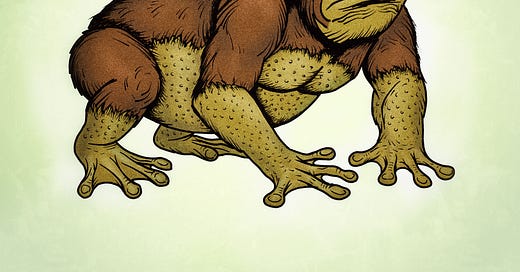


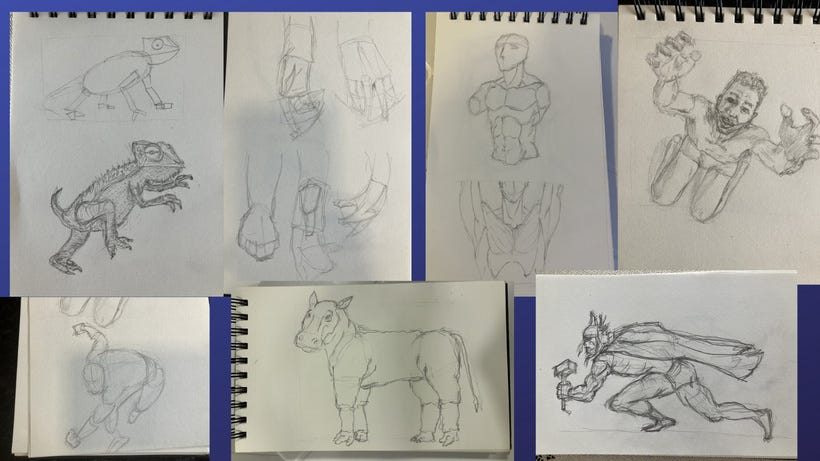



Thank you for this deeply honest post. As a designer whose work I greatly admire, reading about your persistent journey with art, is truly powerful. Your willingness to share the frustrations alongside the triumphs is incredibly moving and offers real encouragement to others facing their own creative hurdles. It's wonderful to see the satisfaction you're getting from your recent work. Wishing you continued progress and manageable pain levels.
You certainly sound like you’ve figured out a lot of the issues you have with drawing but if I can also give some suggestions that helped for me… I love both digital drawing and drawing by hand. I have found for digital, my iPad, the Apple stylus and the app Procreate to fit my needs. I can tilt the iPad and modify the stylus to help with wrist pain. For drawing by hand, I noticed that certain pencils and pens are just better than others and cause less drag on the paper, which helps with wrist pain also. I invested in a great set of colored pencils over cheap Crayola colored pencils and it makes a difference, not only in your colors and blending but also drag. The expensive pencils glide. I truly hope your pain lessens for you. It sucks to have daily pain. Good luck! And now I’m on my way to Itch to buy one of your games. 😊😊😊